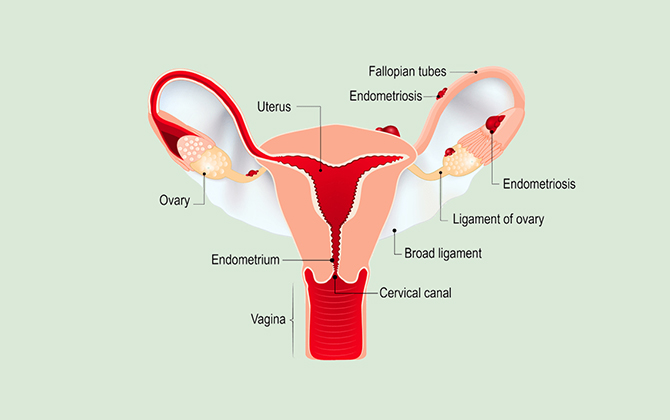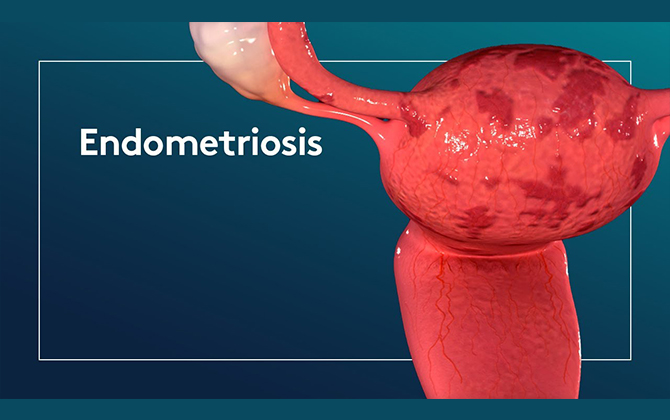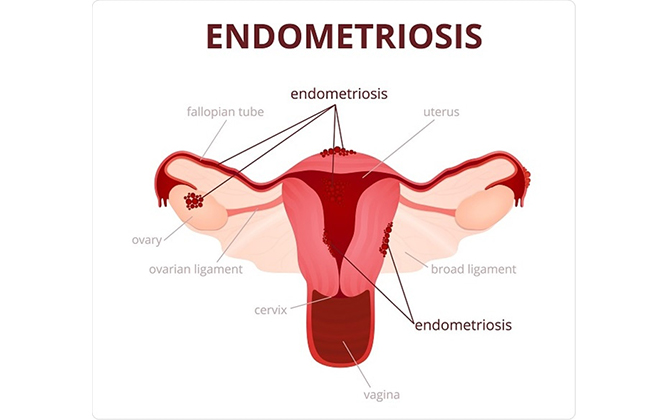


Endometriosis Treatment
Endometriosis Treatment?
The most conservative therapy for endometriosis is with medications. Non-steroidal anti-inflammatory medications, like ibuprofen, may help with the pain associated with endometriosis. Medications that control a woman’s hormones may also help with endometriosis pain. Some examples are oral contraceptive pills and gonadotropin releasing hormone (GnRH) agonists, the latter of which put women into a “temporary” menopause-like state.
Surgery can diagnose endometriosis, and it can also treat endometriosis via removal (excision) or burning (fulguration) of endometriosis lesions. With surgery, removal of scar tissue can alleviate pain and relocate the ovaries and fallopian tubes to their normal position in the pelvis. Surgery has been shown to help some women with endometriosis to become pregnant. If a woman with endometriosis is no longer interested in becoming pregnant, she and her doctor may decide to remove the ovaries and possibly the uterus. A woman cannot become pregnant if she does not have a uterus.
If a woman with endometriosis is having trouble getting pregnant, there are different medications and treatments available that can help her to become pregnant.
Symptomatic medical treatment begins with analgesics (usually NSAIDs), hormonal contraceptives, and progestins. More definitive treatment must be individualized based on the patient's age, symptoms, and desire to preserve fertility and on the extent of the disorder.
Conservative surgical treatment of endometriosis is excision or ablation of endometriotic implants and removal of pelvic adhesions during laparoscopy.
Drugs and conservative surgery are used mainly to control symptoms. In most patients, endometriosis recurs within 6 months to 1 year after drugs are stopped unless ovarian function is permanently and completely ablated. Endometriosis may also recur after conservative surgery.
Total abdominal hysterectomy with or without bilateral salpingo-oophorectomy is considered definitive treatment of endometriosis. It helps prevent complications and modify the course of disease as well as relieving symptoms; however, endometriosis can recur.

